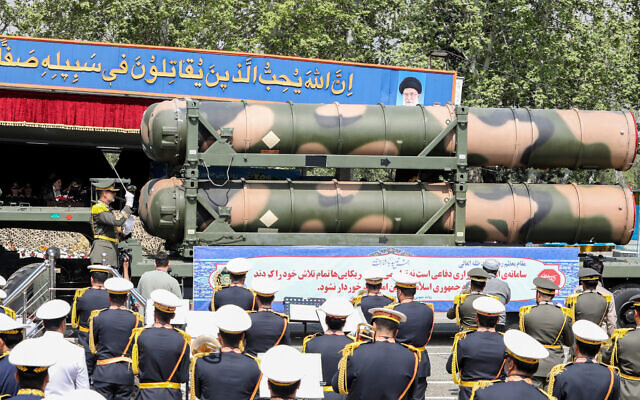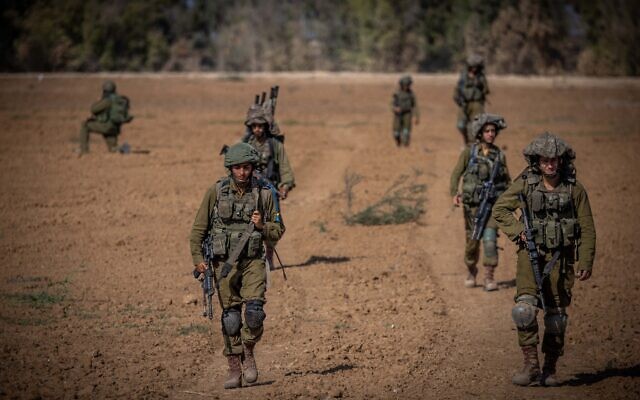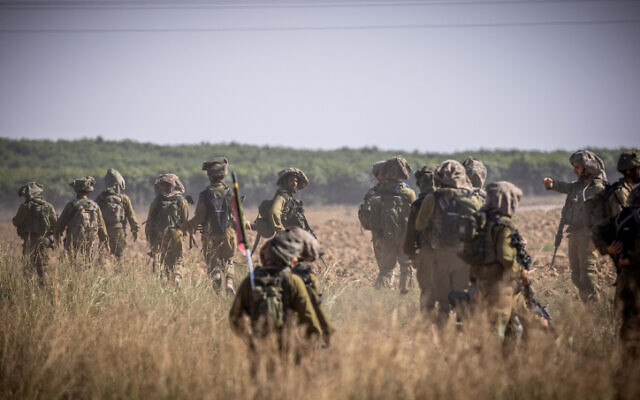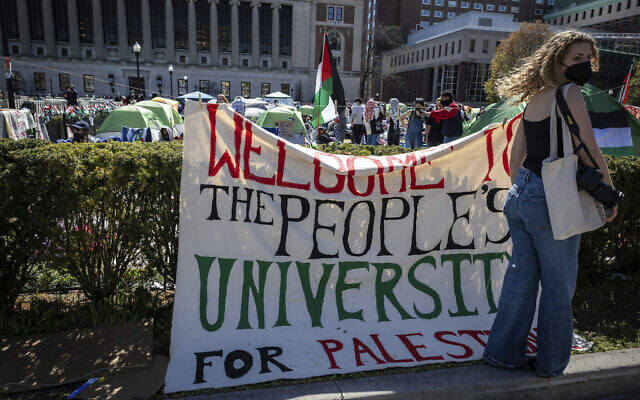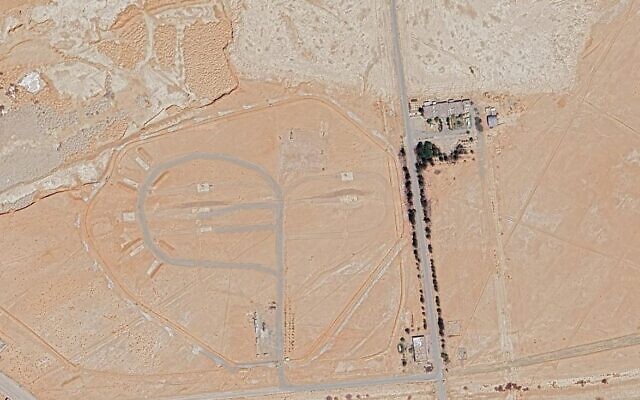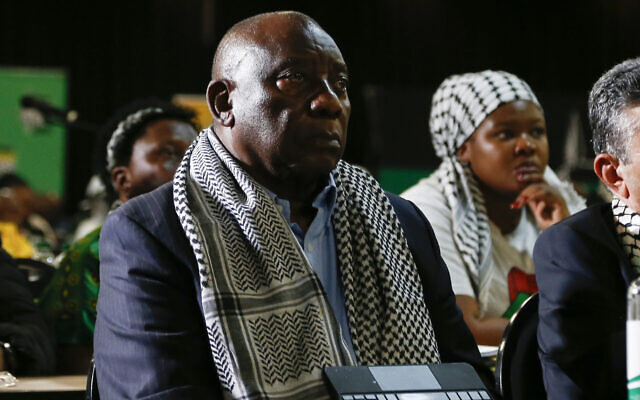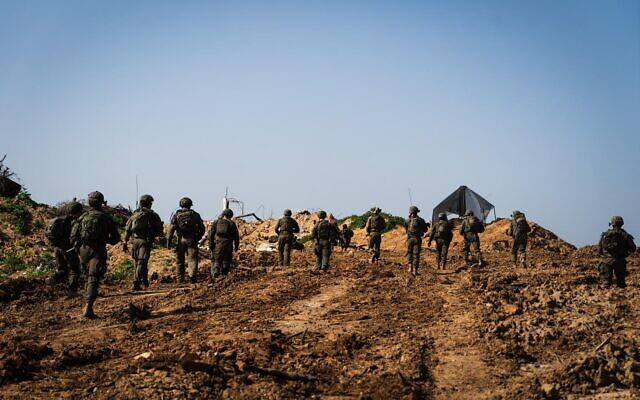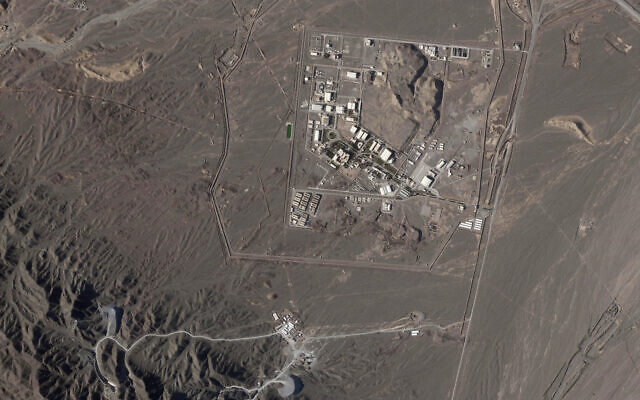High Court to rule on expelling over 1,000 Palestinians from West Bank firing zone
Decision, when it comes, could end two decades of legal wrangling over Israeli bid to evacuate eight hamlets with some 1,300 residents in South Hebron Hills
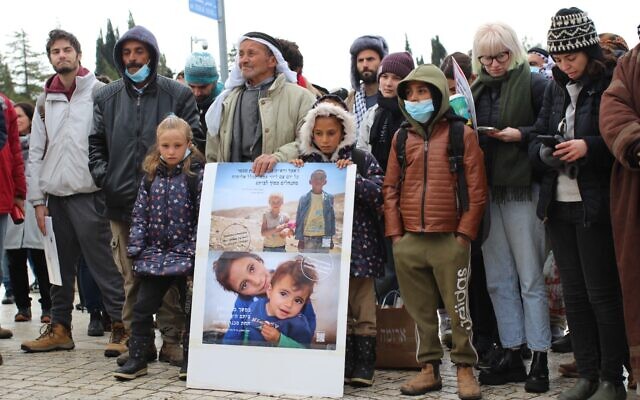
The High Court of Justice held a potentially decisive hearing on Tuesday on whether eight Palestinian villages would be evicted from an area that the Israeli military has declared a firing zone in the South Hebron Hills.
Around 1,300 Palestinians living in the firing zone would be expelled from their homes if the court rules in the government’s favor, according to the Association for Civil Rights in Israel, one of the groups representing the Palestinian petitioners.
For over two decades, the Israeli military and rights groups have swapped court petitions and counter-petitions over the legality of expelling the Palestinians living within the firing zone. The High Court is expected to issue a final ruling soon, although the timeline remains unclear.
The area stretches over 33,000 dunams — around 8,150 acres — amid the hillsides near the Palestinian city of Yatta, near Hebron. Several Israeli settlements and illegal outposts dot the hilltops nearby.
Eight hamlets, mostly collections of low-slung homes with makeshift roofs, lie in the area the government aims to clear for military training. Local Palestinians work as herders and farmers, raising goats and sheep alongside the hillsides.
The Israeli army argues the firing zone is essential for military training due to its “distinctive geographic features.” In February 2021, Israeli tanks rolled through several of the villages as part of a military exercise.
“The vital importance of this firing zone to the Israel Defense Forces stems from the unique topographical character of the area, which allows for training methods specific to both small and large frameworks, from a squad to a battalion,” the Israeli military said in court filings.
But archival documents from the early years of Israeli rule in the West Bank suggest that the motivation for declaring local firing zones may have been political rather than technical.
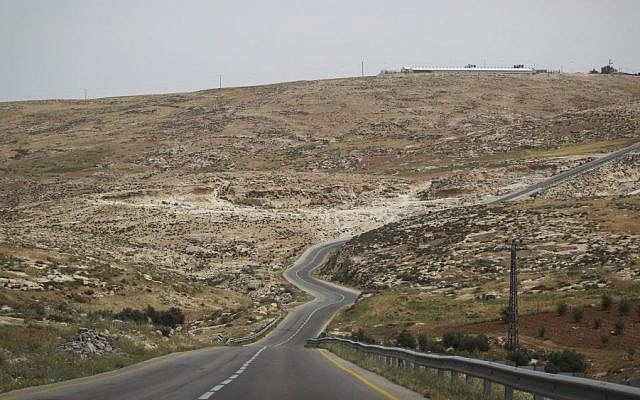
In a 1981 meeting of the government’s Settlement Committee, future prime minister Ariel Sharon said firing zones in the South Hebron Hills were necessary to ensure the area remained in Israeli hands.
“We have the idea that we must close off more training zones on the border, at the the Hebron foothills towards the Judean desert. [This is] in light of the phenomenon I discussed earlier — that of rural hill Arabs spreading out on the hill towards the desert,” said Sharon, who chaired the committee at the time.
A few dozen left-wing Israeli and American demonstrators protested outside the court in solidarity with the Palestinians within. Several European diplomats — the European Union’s envoy has backed the Palestinians’ right to remain in their homes — also attended the hearing.
The Israeli military first declared the area a firing zone in the late 1970s. In 1999, the army’s West Bank administration issued eviction notices to the Palestinian residents. After a wide-ranging demolition operation, the residents appealed to the High Court, where the two sides have fought it out ever since.
Israeli judicial precedent forbids evicting permanent residents from a military firing zone in the West Bank. The decades-long argument in court revolves around whether the villages’ existence predates the army’s decision to expropriate the land and if their presence there was permanent or temporary.
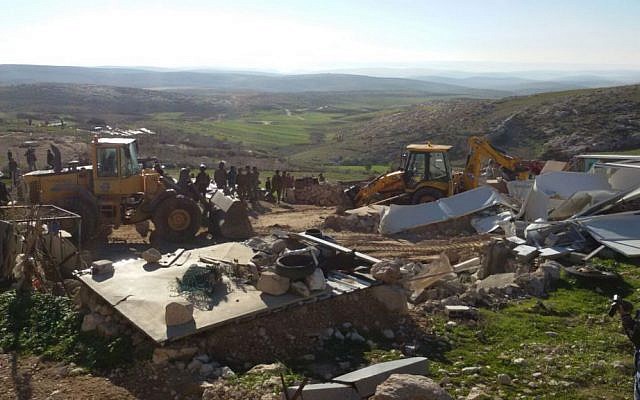
The Palestinians contend they are permanent residents and that their presence predates 1967, when Israel conquered the West Bank in a war with neighboring Arab states. The government argues that the Palestinians are only seasonal herders in the area, not permanent residents, meaning that they could be legally expelled.
“Before the area was declared a firing zone, there was no infrastructure — no schools, no clinics, no kindergartens, no mosques,” army lawyer Yitzhak Bret said at Tuesday’s hearing.
As building in the firing zone is illegal, the Israeli military administration regularly demolishes houses built without permits. Most homes lack access to the water and electrical grid; the army regularly demolishes water pipes and power lines Palestinians build to connect their homes.
“One cannot receive permits in a firing zone. The [Palestinian] petitioners have been caught in a trap for 22 years,” said Dan Yakir, an attorney at the Association for Civil Rights in Israel.



